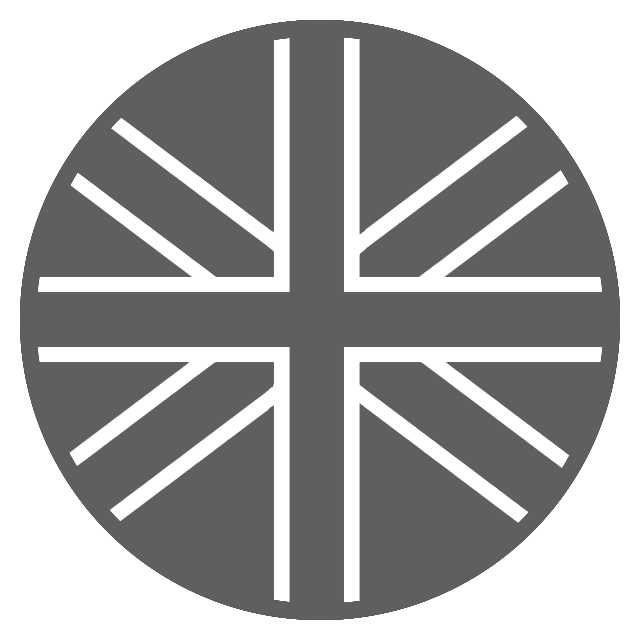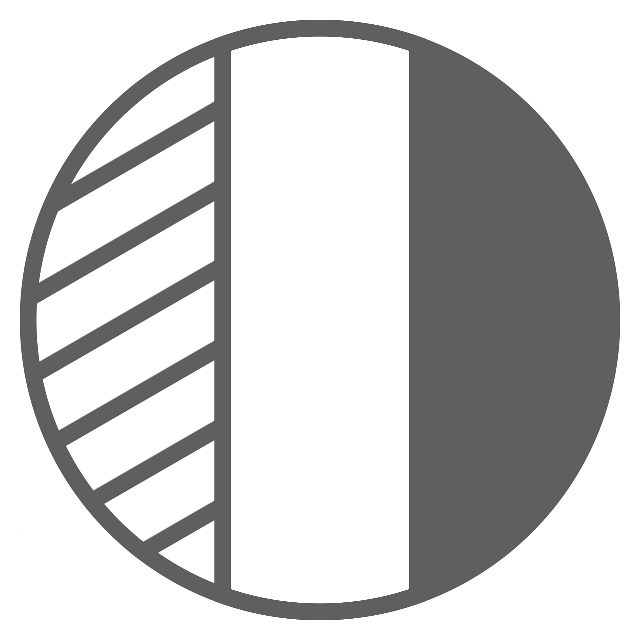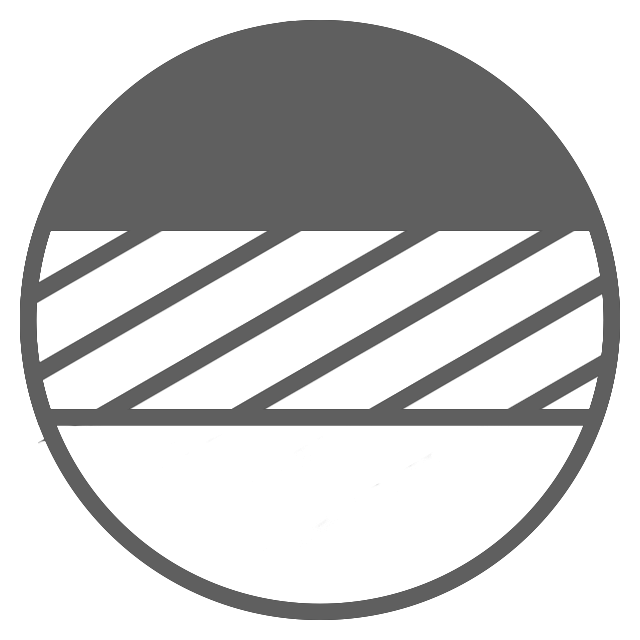Bath mats shape the look and feel of a bathroom, blending comfort, safety, and style while keeping floors dry. In 2025, designs lean towards quick-dry textures, natural fibres, and sustainable backings, with colours and patterns that range from calm neutrals to bold brights. The best mats balance function with flair, turning everyday routines into something more considered.

Bath mats used to be an afterthought. Now they carry more style and science than many people realise, shaping the look of a bathroom while keeping feet warm, floors dry and slips at bay. As 2025 approaches, materials, textures and colours are shifting, and the best mats are smarter about drying speed, hygiene and sustainability.
Why bath mats matter more this year
A good mat changes the rhythm of a bathroom routine. It softens hard tiles, reduces noise, absorbs splashes and frames the space like a well-chosen rug. For families, it can mean fewer puddles and fewer near-falls. For anyone who loves a calm start to the day, it creates a quiet island underfoot.
There is also the cost side. Quick-dry fibres reduce the need for constant laundering, which saves energy. Better backings grip the floor without leaving marks or odours. Quality lasts longer, so you buy less often.
The rise of low-profile, quick-dry designs
Thick, marshmallow mats had a moment. This year, slimmer, faster-drying weaves are front and centre. They suit compact UK bathrooms, busy homes and periods when windows stay shut for most of the day.
Three styles stand out:
- Waffle and honeycomb cotton, which traps air and speeds evaporation
- Fine ribbed terry that feels soft but sheds water fast
- Microfibre chenille with dense fingers for high absorbency and quick dry times
If you share a bathroom or bathe late in the evening, these mats are ready again by morning. They also partner well with underfloor heating, lying flat and drying in a fraction of the time.
A small note on comfort. Low-profile does not mean scratchy. The best versions balance a crisp surface with a cushioned underlayer, so you still get that first-step softness.
Natural fibres and better backings
Materials are getting cleaner, inside and out. People want mats that feel good and come with a lighter footprint.
- Organic cotton certified by trusted schemes is widely available now, with thicker combed yarns for softness
- Cotton hemp blends bring extra strength and reduce drying time
- Linen blends offer a light, breathable feel in summer months
- Bamboo in lyocell form appears in some blends for its silky handle
The backing is where things often go wrong. Many shoppers are moving away from PVC for environmental and odour reasons. Thermoplastic rubber is the most common upgrade, as it grips well and tends to last longer under normal washing. Natural latex appears too, though anyone with latex sensitivity should steer clear.
If you can, look for labels that mention testing for harmful substances and dyes. That small tag can mean a lot when your mat lives in a steamy room and under wet feet.
Spa textures without the bulk
A home spa mood is still popular, but the look is shifting from extra-thick foam to interesting surface detail.
- High and low tufting that creates gentle ridges underfoot
- Pebble and wave patterns that massage lightly without feeling lumpy
- Sculpted borders that frame the mat while keeping the centre plush
These designs deliver tactile pleasure but remain easy to launder. They dry faster than solid slab foam, they hold their shape and they age more gracefully.
There is a design perk too. Texture adds depth to small bathrooms without needing a loud print or a deep pile. It photographs beautifully, which explains why you see it across design feeds.
Colour and pattern directions for 2025
Colour has split into two strong movements.
- Grounded naturals: moss, eucalyptus, clay, oat, chalk, and soft pebble grey
- Confident brights: cobalt, marigold, tomato red, punchy peach and clean lime
Neutrals support stone and timber finishes. They look grown-up and serene. Brighter shades work as a focal point in minimalist spaces and energise white suites. If your bathroom is already bold, consider a tonal mat that picks out one hue inside the room.
Pattern-wise, three looks are everywhere:
- Checkerboard in scaled-up or micro checks
- Slim stripes inspired by seaside towels and Mediterranean decking
- Organic motifs like leaves and reeds in tufted relief rather than printed ink
Black and white still has power. A simple monochrome stripe reads smart and crisp, and it hides everyday lint better than solid black.
Stone and cork drying boards
Not every bathroom needs a fabric mat. Hard-surface options are growing, especially in small flats and wet rooms.
- Diatomite boards made from diatomaceous earth sip water quickly and air dry fast
- Treated stone slabs bring a luxury feel and last for years when cared for
- Cork mats offer warmth, softness and a tactile, sustainable surface
These platforms excel when you want zero laundry and instant drying. They suit careful households, as stone can chip at the edges and can feel cool in winter. Pair with slippers if you like a warm start. Cork sits in between, gentle on feet and quieter than stone.
Tech touches, sensibly applied
Gadgets have reached the bath mat, but keep safety first. Electric heating near water is risky, so choose only products designed and certified for wet areas from reputable brands. With that in mind, two ideas are gaining ground:
- Self-drying bases that circulate air under a fabric cover, cutting drying time
- Sensor mats that track humidity or remind households to launder after a set number of uses, often through a simple indicator rather than an app
The best tech is quiet, sealed and easy to clean. If a product needs a plug, read the safety information carefully and place it well away from splashes.
Non-slip moves to the top of the spec sheet
Grip used to be an afterthought. In 2025, it is a selling point. Look for:
- Backings that stay grippy after several washes
- Edges that lie flat to reduce trip risks
- Mats that keep their shape rather than curling
Wet rooms, polished tiles and older homes with uneven floors all benefit from better traction. Some brands now publish third-party slip test results. If you see mention of barefoot slip ratings tested in wet conditions, that is a positive sign.
Remember the floor matters too. Clean tiles grip better. Lift the mat often, let the floor dry and keep soap residues off the surface.
Oversized runners and zoning
Bathrooms have grown longer with double vanities and walk-in showers. The result is a rise in:
- Runners that run the length of a vanity
- L-shaped pieces that sit outside corner showers
- Modular tiles that lock together for custom layouts
Using a runner can make a narrow room feel broader, just like in a hallway. It grounds the space and reduces splashes along a long counter. If a mat crosses a doorway, keep the pile low and the edge crisp.

A practical guide to materials
Here is a quick comparison of what you will see on shelves next year.
|
Material or type |
Feel underfoot |
Drying speed |
Grip and backing options |
Care notes |
Best for |
|---|---|---|---|---|---|
|
Organic cotton terry |
Soft, familiar |
Medium |
TPR, latex, some non-slip weaves |
Wash warm, avoid softeners for better absorbency |
Everyday use, family bathrooms |
|
Cotton hemp blend |
Crisp, strong |
Medium-fast |
TPR or woven base |
Wash warm, line dry when possible |
Quick turnover homes, guest baths |
|
Linen cotton blend |
Light, breathable |
Fast |
Woven or thin TPR |
Gentle wash, minimal tumble |
Summer months, small bathrooms |
|
Microfibre chenille |
Plush, cushiony |
Fast |
TPR or full-coverage grip |
Wash separately first, low heat |
Kids, pets, heavy splash zones |
|
Diatomite stone board |
Firm, cool |
Very fast |
Non-slip feet on the board base |
Wipe down, keep edges protected |
Wet rooms, low-laundry households |
|
Cork mat |
Warm, gently springy |
Fast |
Natural grip from cork |
Wipe clean, keep well ventilated |
Eco-focused homes, barefoot comfort |
|
Sculpted tufted cotton |
Textured, spa-like |
Medium |
TPR, latex |
Shake out, wash warm |
Calm, tactile spaces |
Care and maintenance that extend lifespan
A good mat lasts longer with small habits.
- Wash in small loads so fibres rinse fully
- Avoid fabric softener on absorbent mats, as it can coat fibres
- Use a mild detergent and rinse well
- Shake out after washing to fluff the pile
- Dry on a line or low tumble; high heat can age backings
- Lift the mat daily to let the floor breathe
- Rotate front to back to even out wear
Concerned about microfibre shedding from synthetic mats? Use a laundry bag designed to catch fibres, and clean your machine filter regularly. If you can dry outdoors, UV light helps freshen and reduces odour.
Sustainability that feels real, not token
Progress is visible in three areas.
- Better raw fibres: certified organic cotton, recycled content where it makes sense and cork from well-managed forests
- Cleaner dye processes along with water recycling in mills
- Packaging that skips plastic wrap or uses card you can recycle at home
A few brands now offer take-back schemes. When your mat reaches the end, you can send it back for fibre recovery or downcycling. This is still new, but it is a welcome step, especially for non-woven backings that are hard to recycle curbside.
Buying the right size and look the first time is another sustainable choice. A mat that suits your space gets used, loved and kept longer.
Sizing, shapes and how to get them right
Measure the dry zone, not the entire bathroom. Leave a slim border of floor around a mat so it looks intentional and dries properly.
- Standard bath side: 50 x 80 cm works for most tubs
- Large bath or wet room exit: 60 x 100 cm feels generous
- Vanity runner: 50 x 120 to 50 x 150 cm, depending on cabinet length
- Round or arch shapes: 60 to 80 cm diameter for compact rooms
Shapes are widening beyond rectangles. Arches, scallops and soft ovals add character without crowding. If your room has many straight lines, a rounded corner mat softens the geometry.
Styling ideas that feel fresh
A few simple choices can lift the whole room.
- Pair a textured neutral mat with a striped hand towel in the same tone
- Use a bold-coloured mat to anchor a white suite, then pick up the colour in a soap dish or plant pot
- Layer a slim runner near the vanity and a small mat by the shower, keeping both low profile to avoid a tripping point
- If your tiles have strong pattern, choose a plain mat with interest coming from texture instead
One rule to keep in mind: match the mood of the mat to your towels, not your walls. Towels change more often, and it keeps the look flexible.
Safety for households of all ages
Bathrooms see a lot of traffic at pace and often with wet feet. To keep things calm:
- Choose mats with a firm, non-curl edge
- Test grip on your actual floor after cleaning it
- Keep mats away from doors that swing inward
- If someone has low vision, use a mat with a clear contrast against the tile
- Avoid stacking thick mats, which can create a step
You can also use a secondary liner under some mats for extra traction. Make sure both layers lie flat, and wash them together to keep the stack stable.
Trends to skip this year
A few looks are fading fast.
- Toilet pedestal mats. They trap moisture and gather dust where you least want it
- Super-thick memory foam slabs. Comfy at first, slow to dry, prone to compression lines
- Plastic-heavy backings with a strong smell out of the bag. They often make the floor sticky and age poorly
On the flip side, a slim cotton or hemp blend with a solid grip base will feel current for years.
Buying checklist
Before you add to basket, run through this short list.
- Size matches the dry zone, with room to spare
- Backing suits your floor and holds after washing
- Drying time fits your routine
- Colour and texture link to existing towels
- Care label feels realistic for your household
- Any tech features are certified for bathrooms and easy to clean
- Materials and dyes meet the safety standards you trust
If the mat answers those points, it will earn its place.
Where the trend is heading next
Expect more hybrid solutions. Think low-profile fabric tops sitting on discreet air-drying bases. Expect cork to move from niche to mainstream, thanks to its quiet luxury and gentle warmth. Expect colour to stay brave, often used in a single statement mat while the rest of the room stays calm.
Most of all, expect function and beauty to work together. A mat you barely notice when you step onto it is often the one that does the most.





